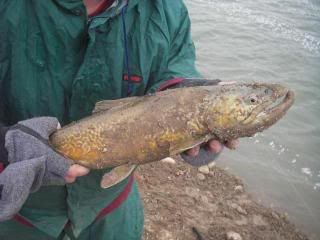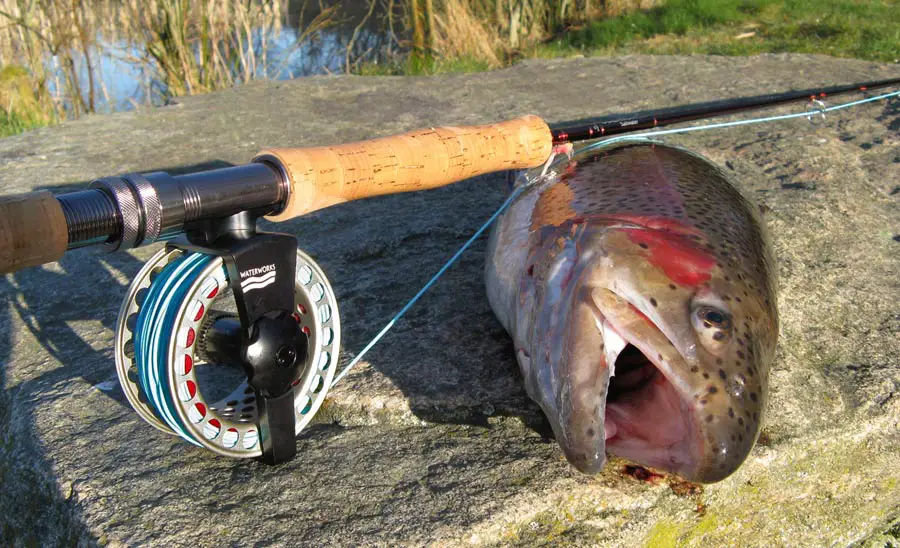Some really great information so far. I'm having trouble finding something useful to add.
Jimbo Roberts wrote:Another thing I see often is when anglers are trying to resuscitate their Trout. If there is any current at all, you do not need to move the fish back and forth in the water. Just point the fish up into the current, he will breathe just fine without the back and forth movement. You can often leave them on their own in the net to do this. In fact I have heard that moving a fish backwards in the water does more harm than you might think. Gills are designed and have evolved with water flowing just one way past them, from their mouths and out their gill slits. The backward motion tends to fold the delicate individual gill structures forward towards their mouths which they are not designed to do. Now if there is no current like in lakes, again first try just holding the fish in the water, if they are still turning belly up after 30 seconds or so then I will hold the trout upright and I will spin myself in a circle so the water is again passing from the mouth and out the gill slit. If the circle movement is not possible, I will use the back and forth movement as a last resort.
Jimbo
This is worth repeating. Moving the fish back and forth really does not help. You see this quite a bit, but it is not the correct way to revive a fish. The gill structure is meant for water to flow front to back, or in the mouth, and out the gill plates. Having water forced the opposite direction might hinder the fish's recovery, and possibly damage it's gills. When fishing lakes, I have towed fish around in my float tube to revive them. I've also led fish in circles, or back and forth along the back. 99% of the fish that I had trouble reviving were large fish, that took extra time to land. Lactic acid is a silent killer. That big fish that slides back into the deep, may never recover.
briansII








